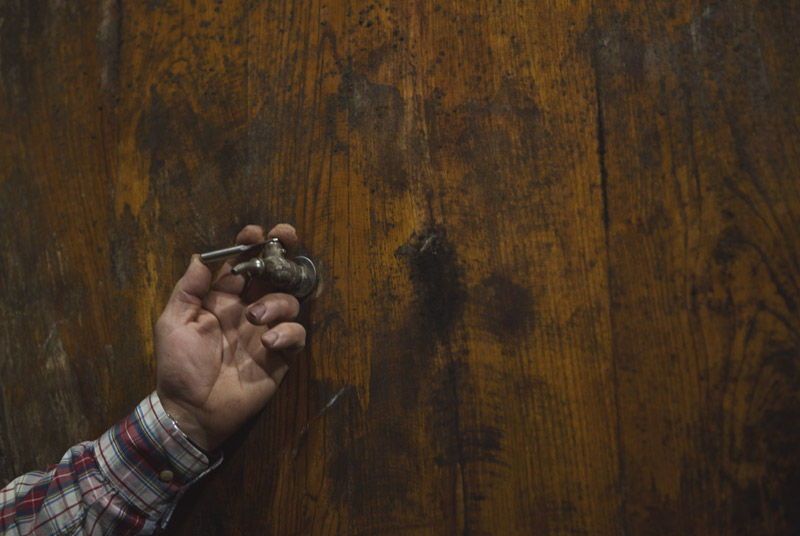
At Petritegi we want to highlight the figure of the cider maker as the person who contributes the human factor to making quality cider, giving the drink its personal touch. Apart from their experience and knowledge of the product we must add their commitment to innovation and modernisation of the trade. For years the cider maker at Petritegi has been José Joaquín Otaño, representative of the 4th generation of the Otaño-Goikoetxea family who was actually born in the farmhouse; he learned the trade with his father and took up the reins of the cider house in the 70s. Since then he has lovingly conveyed his passion for the cider trade to his entire family. A great connoisseur of his apples and barrels (or kupelak in Basque), he dedicates a large part of his time to them.
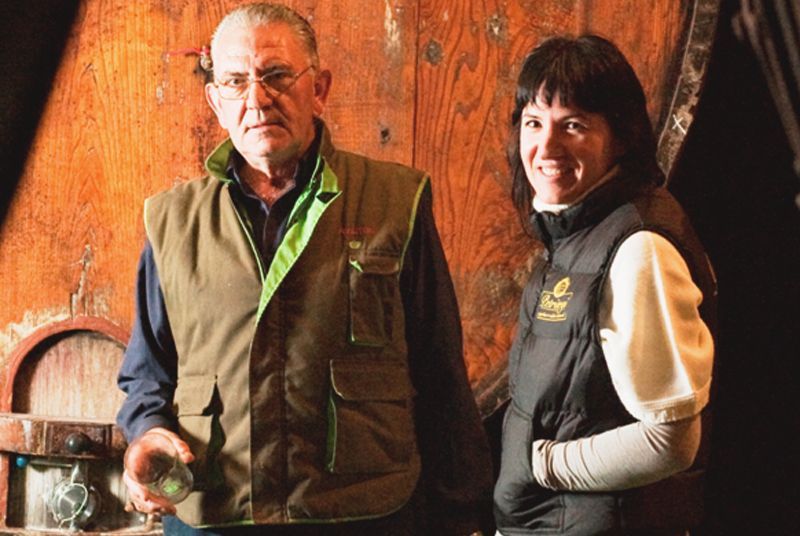
Every day in the cellar he tastes the musts to assess their nuances and their evolution, an enormously important task since, having made a critical analysis and based on his personal experience and criteria, he will proceed with the necessary decanting and mixtures to balance and give the ciders their own personality. Today Joaquín has passed the baton to his daughter, Ainara Otaño, representative of the family’s 5th generation. Ainara manages a young but highly experienced team since most of its members grew up among the apple orchards and barrels at Petritegi. Her manner of understanding the trade is based on her inherited respect for tradition and a job well done. Added to this is her own experience in the industry: a life dedicated to cider, technical training and constant learning; the keys required to modernise, professionalise and keep the cider-making trade alive.
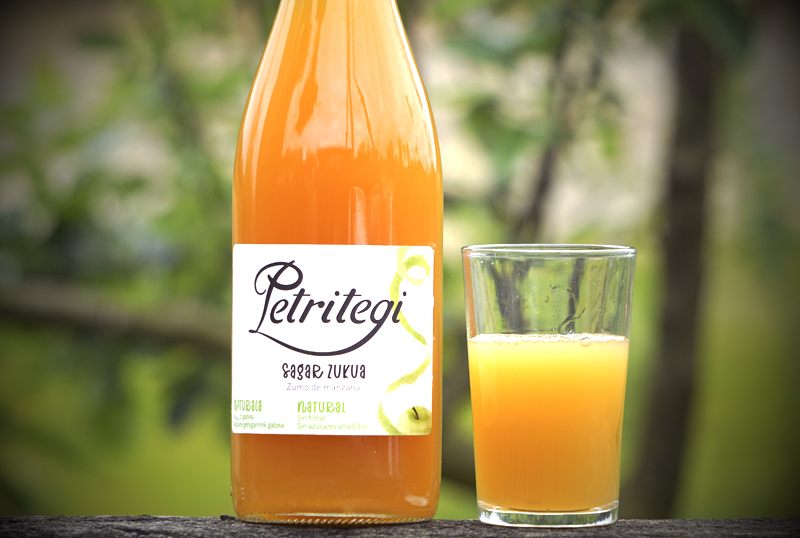
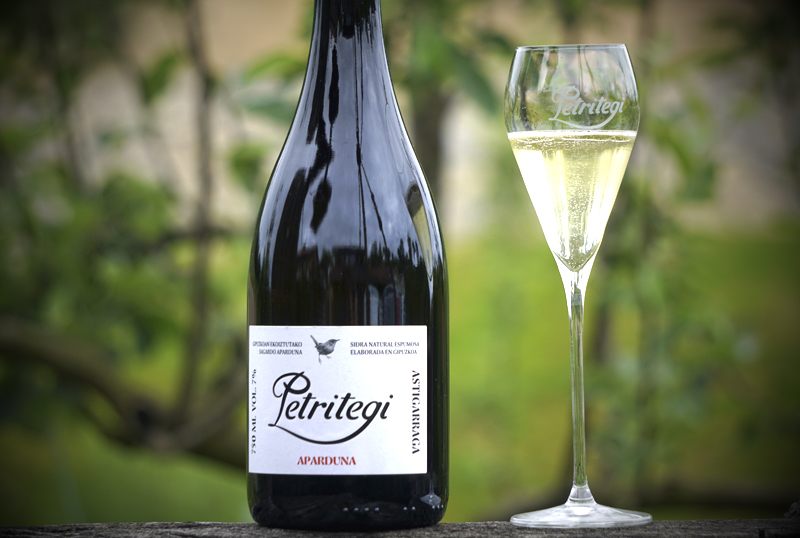
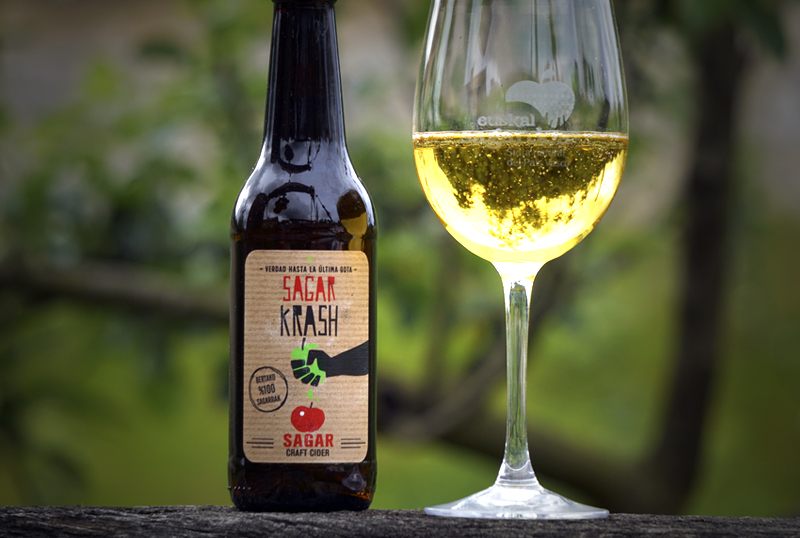
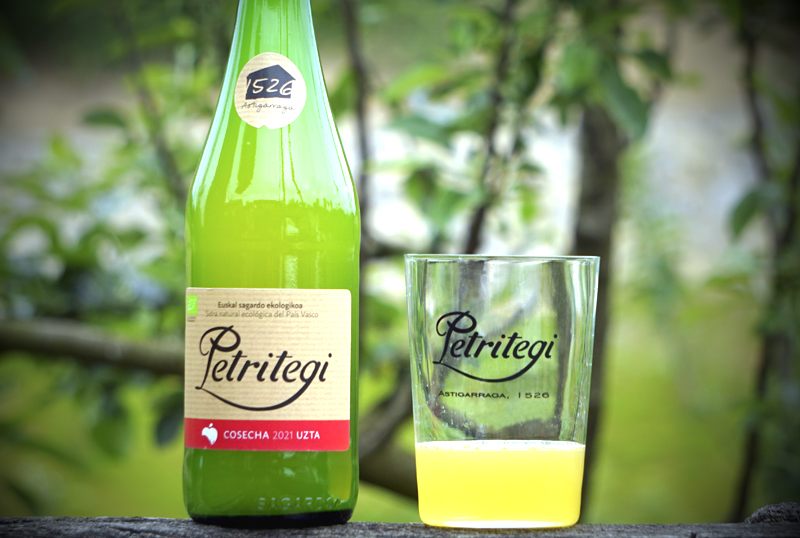
Store bottles of cider horizontally in a cool, dry place. To enjoy its qualities to the full, it is advisable to consume the cider within its recommended use-by date. Natural cider should be consumed at between 10 and 13ºC. Cider is an unfiltered product which, with time, tends to drop sediment to the bottom of the bottle.
Before serving, we recommend turning the bottle upside down and shaking it to homogenise the cider. Once open, the cider should be consumed almost immediately, replacing the cork to keep it fresh. The glass should be wide-mouthed and thin-walled to enjoy the cider to its full. When serving, the bottle should be raised slightly so that the cider splashes off the side of the glass on pouring; it should be consumed immediately.